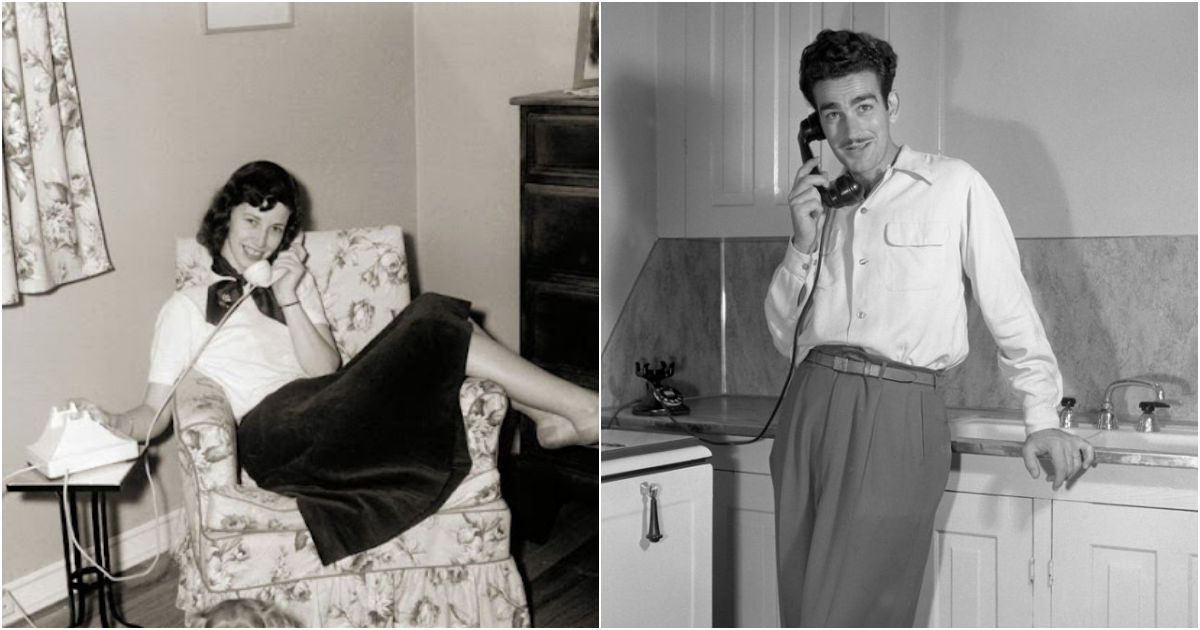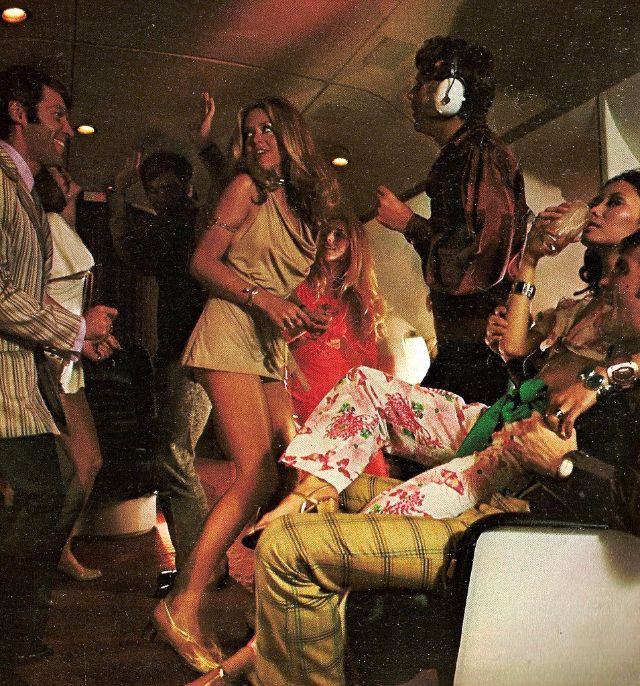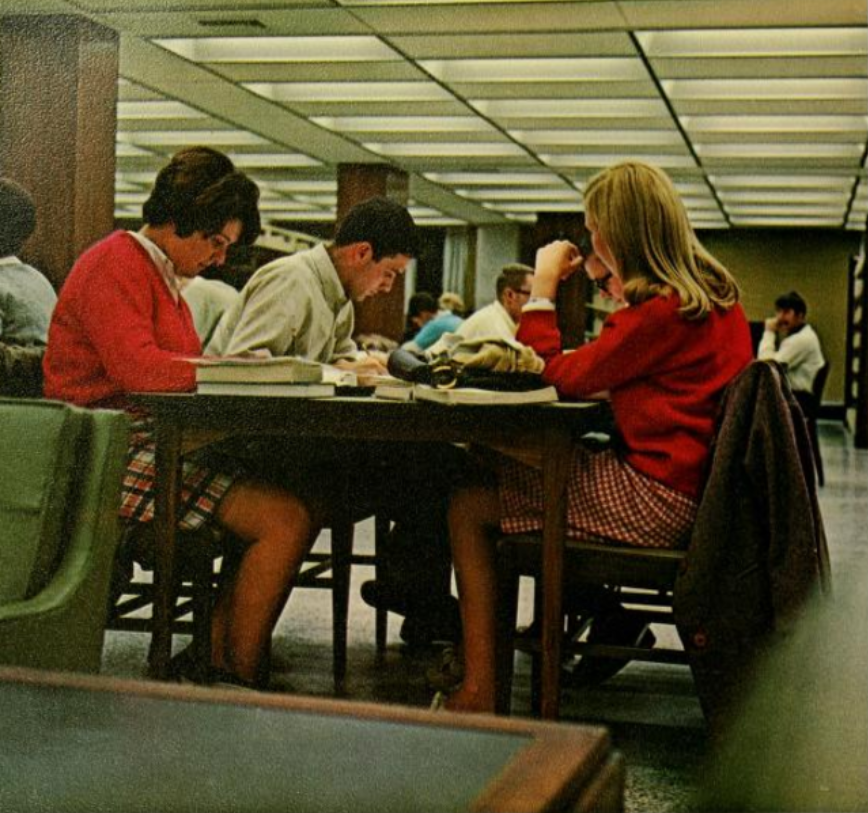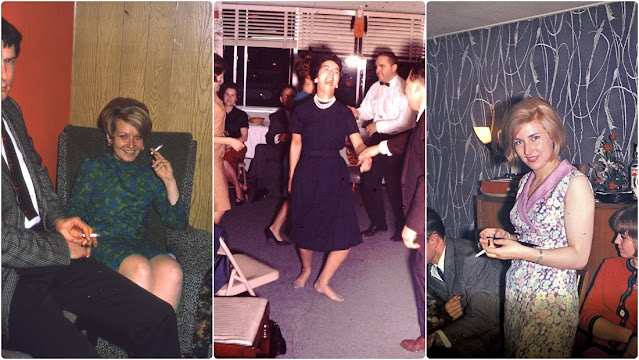Part of American culture since 1949, fallout shelters were inspired by fear of nuclear attack; and their subsequent waxing and waning popularity has been directly related to U.S.-Soviet relations.
A fallout shelter, sometimes known as a bomb shelter, is a structure designed to allow those inside it to survive a nuclear blast and its likely aftermath of fire, radiation, and societal disruption. Although some large shelters were built by the U.S. government during the Cold War, most were smaller, designed to protect the family whose backyard they occupied. A prototypical fallout shelter was made of concrete and steel, and sunk in the earth for added protection, although those who could not afford such a construction project sometimes set aside a corner of their basement or dug a makeshift shelter under the crawlspace of a house. A shelter would usually be stocked with canned food, bottled water, medical supplies, a radio, a Geiger counter, and a chemical toilet, among other necessities.
The initial interest in fallout shelters within the United States can be traced to 1949, the year that President Harry Truman informed the nation that the Soviets had exploded an atomic bomb. This ended the American monopoly on nuclear weapons and introduced the world to the possibility of nuclear war between the two superpowers. Aside from the attack on Pearl Harbor, the United States had never, in all its wars, suffered such an attack from the air; but the nuclear age, with its long-range bombers and intercontinental ballistic missiles, made that threat very real.
Truman responded to the heightened public anxiety by creating the Federal Civil Defense Administration in 1951. Although scientists disagreed as to the effectiveness of shelters in the event of a nuclear war, Truman and his advisors knew that public belief that shelters worked would be a boon to morale in an otherwise nervous age. In fact, Truman was walking a tightrope in dealing with American public opinion about the Soviet menace. On the one hand, he was convinced that massive defense spending was essential if the United States were to stop Communist expansion throughout Europe. But postwar America was tired of high taxes and huge military budgets, and would only support these if the danger to the nation's security was both obvious and grave. On the other hand, Truman did not want fear of nuclear war to lead the public to outbreaks of panic, pacifism, or “Better red than dead” fatalism. Thus, fallout shelters were portrayed as realistic protection if worst should come to worst.
After President Truman left office in 1952, Americans’ interest in shelters blew hot or cold in keeping with the temperature changes of the Cold War. There was relatively little interest in shelters during much of the Eisenhower administration until 1957—the year that saw both the launch of the first orbiting satellite (the Soviet Sputnik) and the release of the Gaither Report in the United States. The latter was the work of a blue-ribbon panel selected by Eisenhower to assess the relative nuclear capability and civil defense preparedness of the United States and the Soviet Union. The report concluded that the Soviets would soon surpass America in all categories of nuclear weaponry and that civil defense preparations in the USSR were already far ahead of American efforts. The supposedly secret document, which leaked to the press a week after being presented to President Eisenhower, led to an upsurge in public concern about fallout shelters, even though Eisenhower himself believed that true national security lay in U.S. superiority in offensive nuclear weapons.
The heyday of the fallout shelter occurred during the administration of John F. Kennedy, which saw both a rise in international tensions and Kennedy’s advocacy of shelters as part of the American response. During the Berlin Crisis of 1961, precipitated by Soviet Premier Nikita Khrushchev’s aggressive moves toward West Berlin, Kennedy gave a nationally televised speech explaining the gravity of the situation. He also endorsed the construction of fallout shelters, saying, “In the event of an attack, the lives of those families which are not hit in a nuclear blast and fire can still be saved if they can be warned to take shelter and if that shelter is available.” If further inducement for building shelters was needed, it was provided fifteen months later by the Cuban Missile Crisis, in which the world came closer to nuclear war than it ever had before.
The United States ended federal funding for the shelters in the 1970s. In 2017, New York City began removing the yellow signs since members of the public are unlikely to find edible food and usable medicine inside those rooms.
In the 1950s and 1960s, Fallout Shelters Came to Be a Safety Feature in Many Homes in America
In the 1950s and 1960s, Fallout Shelters Came to Be a Safety Feature in Many Homes in America
![]()
In the 1950s and 1960s, Fallout Shelters Came to Be a Safety Feature in Many Homes in America
![]()
In the 1950s and 1960s, Fallout Shelters Came to Be a Safety Feature in Many Homes in America
In the 1950s and 1960s, Fallout Shelters Came to Be a Safety Feature in Many Homes in America
![]()
In the 1950s and 1960s, Fallout Shelters Came to Be a Safety Feature in Many Homes in America
In the 1950s and 1960s, Fallout Shelters Came to Be a Safety Feature in Many Homes in America
In the 1950s and 1960s, Fallout Shelters Came to Be a Safety Feature in Many Homes in America
In the 1950s and 1960s, Fallout Shelters Came to Be a Safety Feature in Many Homes in America
In the 1950s and 1960s, Fallout Shelters Came to Be a Safety Feature in Many Homes in America
In the 1950s and 1960s, Fallout Shelters Came to Be a Safety Feature in Many Homes in America
In the 1950s and 1960s, Fallout Shelters Came to Be a Safety Feature in Many Homes in America
In the 1950s and 1960s, Fallout Shelters Came to Be a Safety Feature in Many Homes in America
In the 1950s and 1960s, Fallout Shelters Came to Be a Safety Feature in Many Homes in America
In the 1950s and 1960s, Fallout Shelters Came to Be a Safety Feature in Many Homes in America
In the 1950s and 1960s, Fallout Shelters Came to Be a Safety Feature in Many Homes in America
In the 1950s and 1960s, Fallout Shelters Came to Be a Safety Feature in Many Homes in America
In the 1950s and 1960s, Fallout Shelters Came to Be a Safety Feature in Many Homes in America
In the 1950s and 1960s, Fallout Shelters Came to Be a Safety Feature in Many Homes in America
























